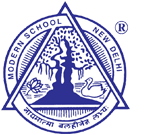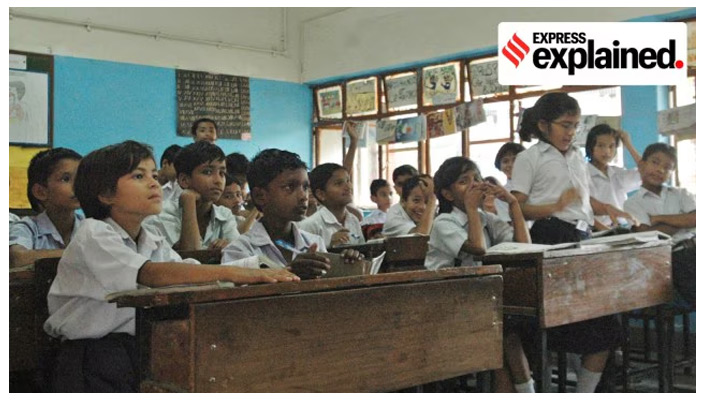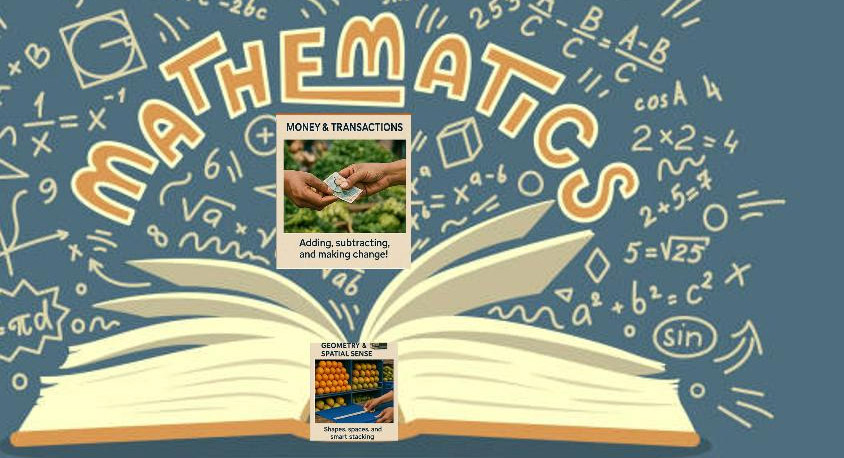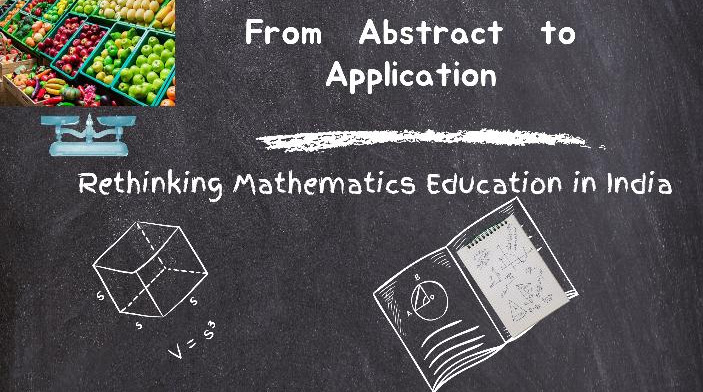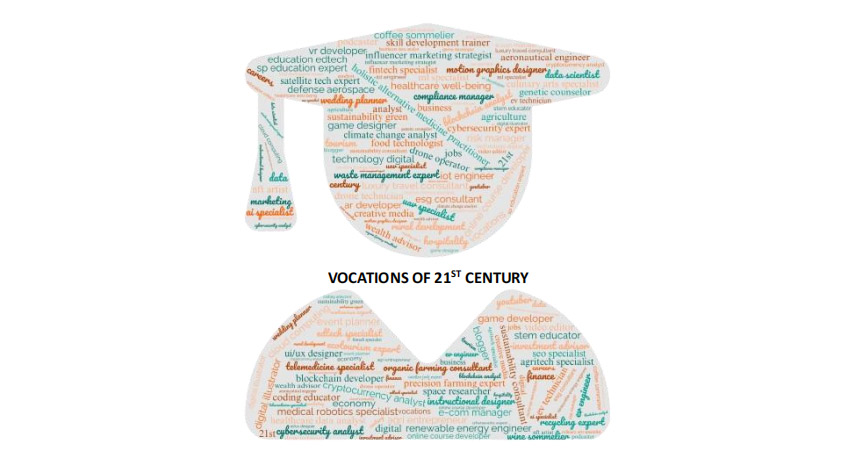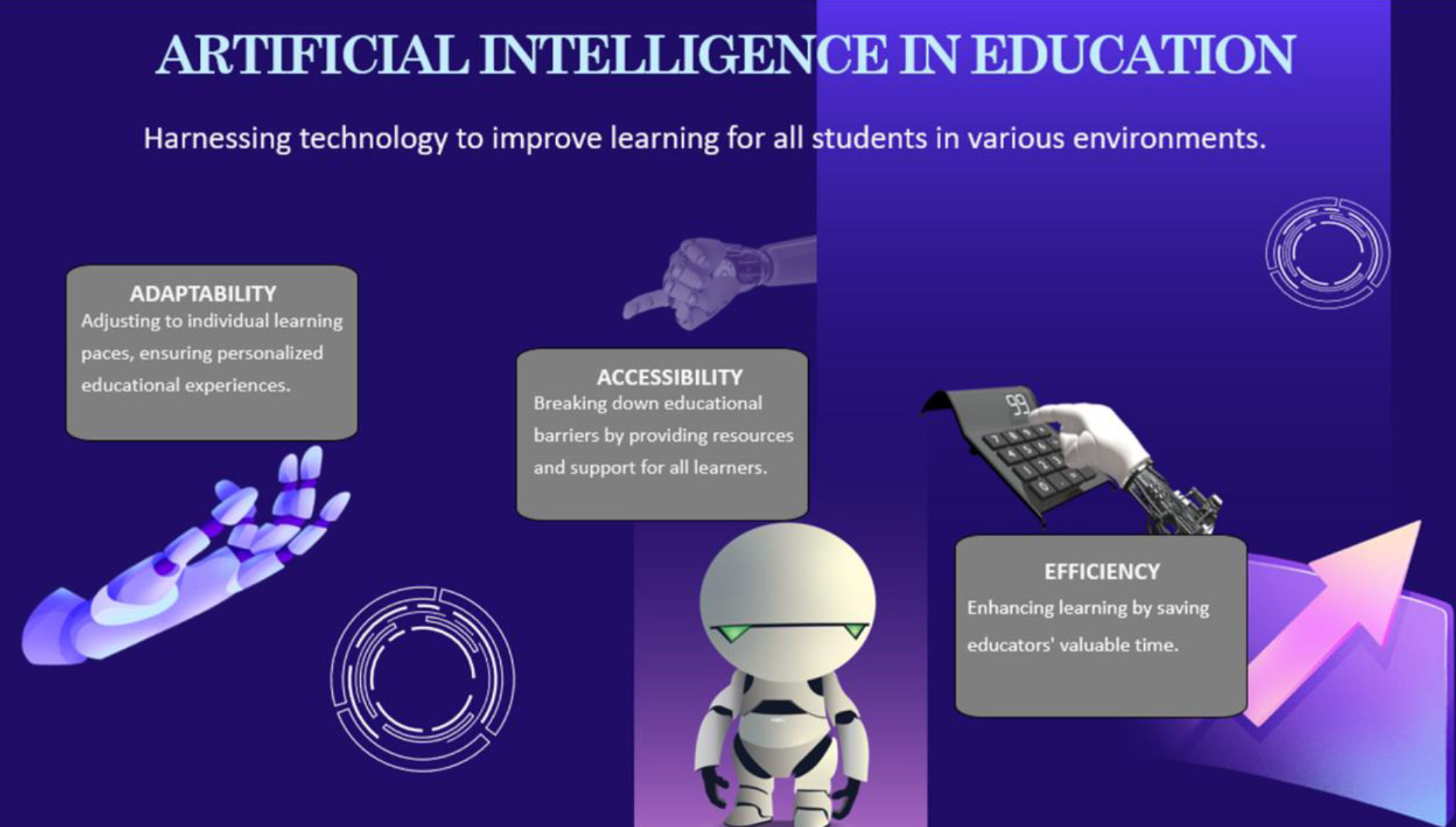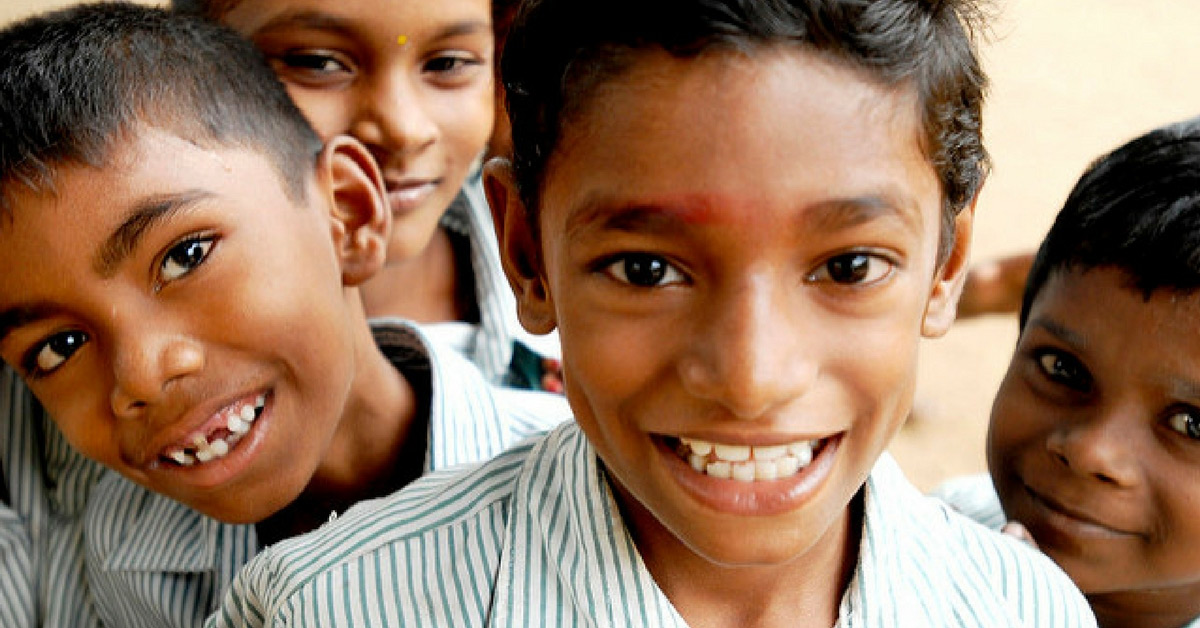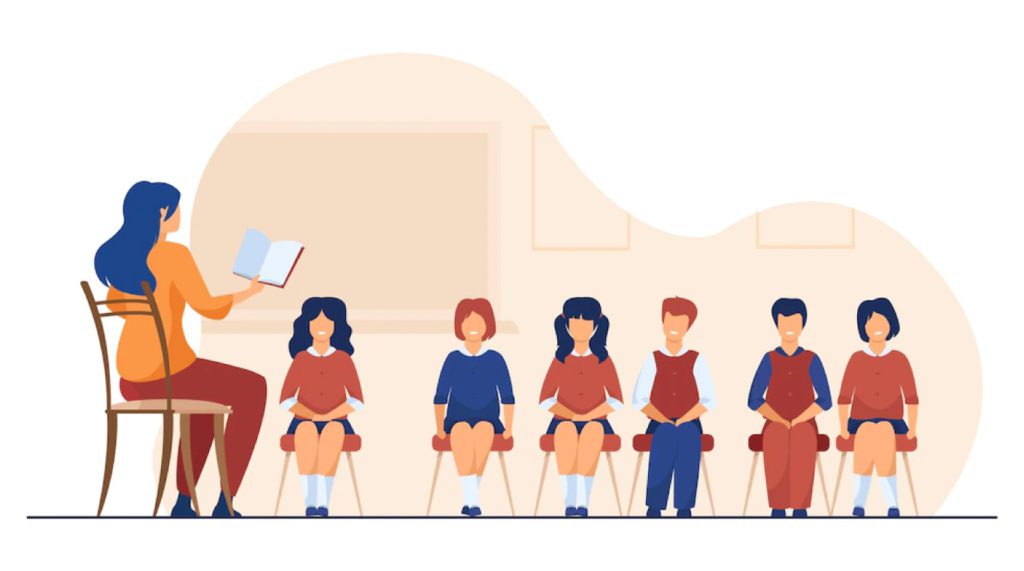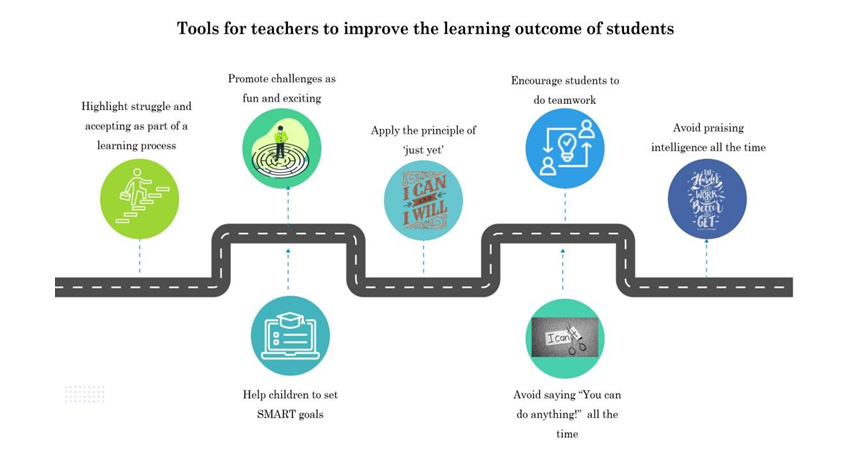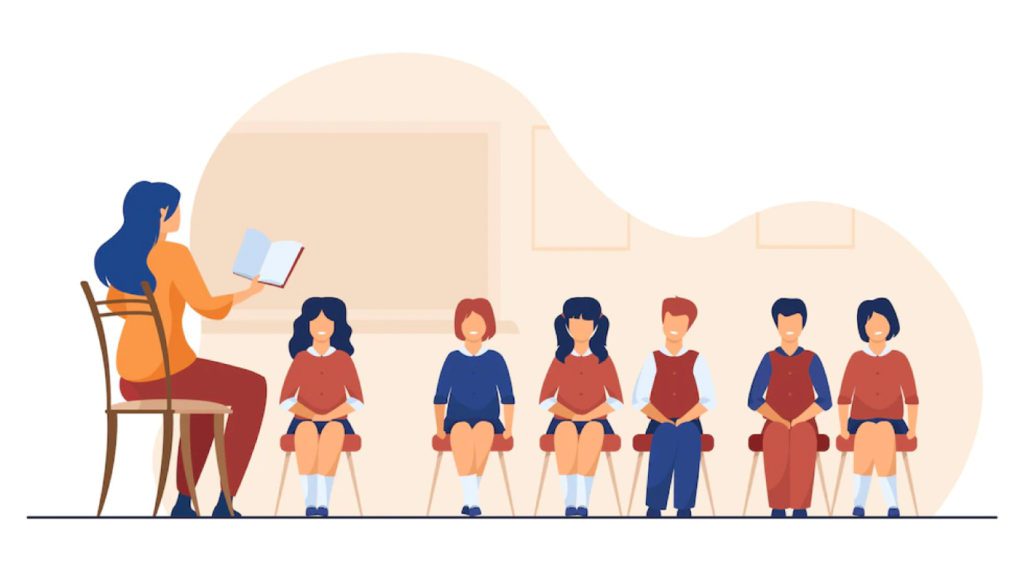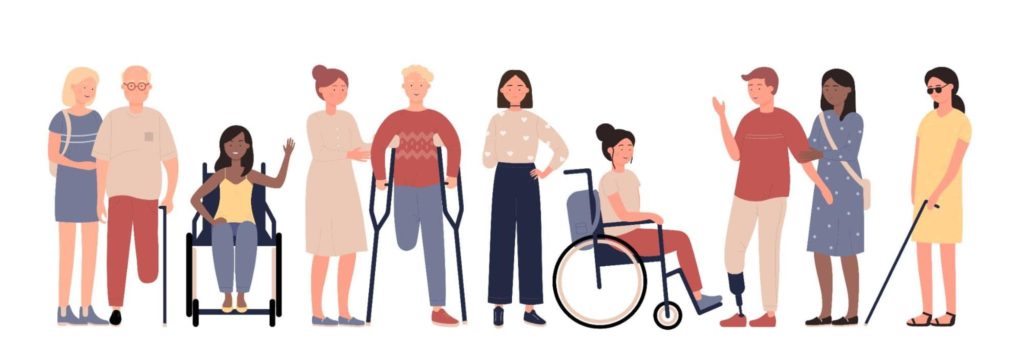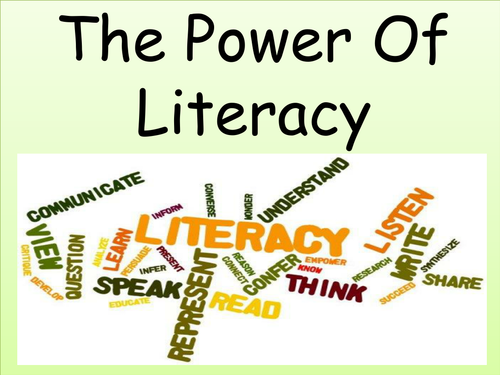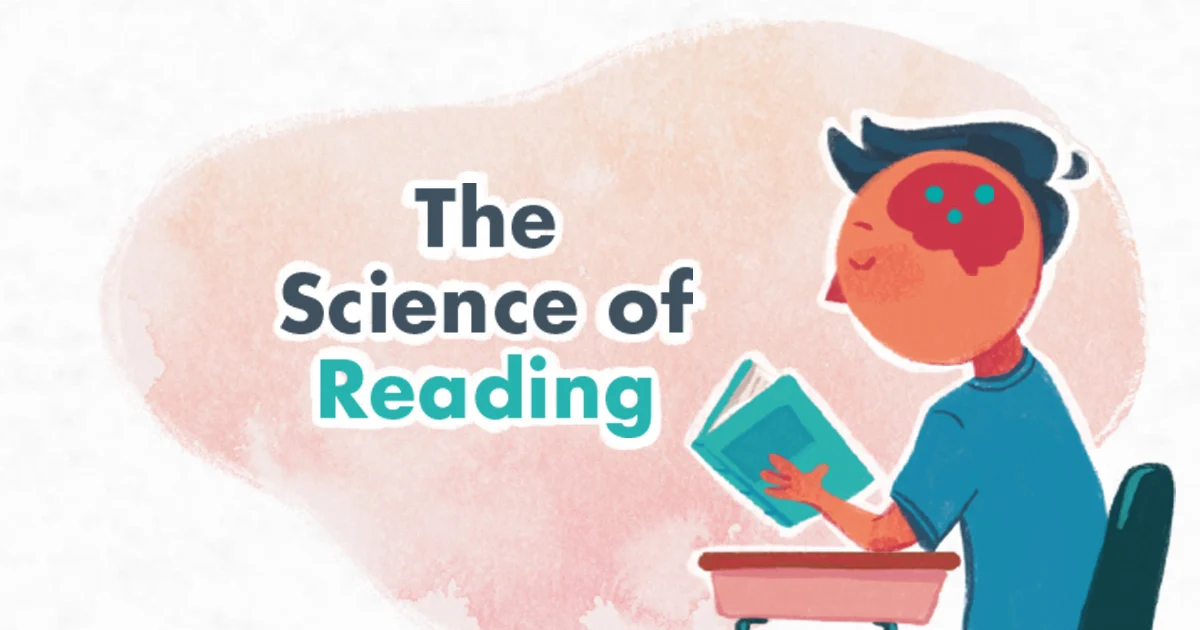Collaborative Efforts for Educational Transformation: The School Adoption Model in India
Dr. Feroz Khan
Education in India has been an integral part of its society for a long time. From the gurukul system of ancient India to modern schools, it has witnessed tremendous transformation of education system. The enactment and development of its education policies to better align with contemporary needs and advancements show that India places a strong emphasis on education, valuing it as a key to progress.
Schools play a very important role in education. They are entrusted with the responsibility of laying the foundations of essential skills. Schools help provide basic knowledge and develop skills that are needed in life to become a responsible citizen. They also play a key role in promoting equity and equality in society by giving everyone an equal chance to learn and grow.
In India, importantly government is a major player in manging the schools. A large number of schools in India are either run by the government or is aided by the government. As per the recent UDISE data (2021-22) there are 14.89 lakh schools in India of which 10.22 lakhs are government and 82,480 are government aided schools. However, this doesn't mean that private players do not play an important role in the education development of India. From the pre-independence time till current scenario public private partnership plays the major role in improvement of the education system in India.
Historical Background of School Adoption in India
The idea of adopting schools in India can be traced back to efforts aimed at improving the education system, especially in rural and underdeveloped areas. Many research in the education sector reported that schools in rural and underdeveloped areas struggle due to a lack of resources, infrastructure, and quality of education.
The initiatives like Sarva Shiksha Abhiyan aimed at bringing every child to school and Right to Education Act was enacted to ensure universal access to education. However, lack of resources and infrastructure created many challenges due to which the gaps persist in program implementation and its outcome.
To overcome or minimize problems related to lack of resources or infrastructure, a joint effort has been made by the government and the private sector at various levels across India. For example, some NGOs have set up libraries in government schools, others have built toilets, while some have focused on teacher training or improving children's learning achievement.
Over time, these joint ventures transformed into the concept of ‘school adoption.’ In recent years, school adoption emerged as the collaborative effort of various stakeholders working together especially to improve the government schools. The school adoption programme involve – individuals, communities, and organisations in supporting government schools. The basic idea behind school adoption is to improve school either in terms of infrastructure like develop the classroom, libraries, toilets, improve digital learning tools and work in the areas of teachers training. In short, the aim is to ensure that every child gets quality of education and reduce the dropout rates from the government schools.
Types of school adoption
School adoption in India can be classified into various types based on the approach and level of involvement by stakeholders. It is important to note here is that the following types are just to define how a government school is supported or managed under an adoption programme. These are not universally acclaim adoption types. As per the process school adoption can be divided in between three major categories:
1. Infrastructure Support Adoption: in this type adoption the focuses on improving the physical infrastructure of the school like building classrooms, constructing toilets, and providing clean drinking water. For example, I Can Foundation work on the development of the school infrastructure. The organisation adopts the school to transform them into a model schools by offering services such as the maintenance of school building, toilet and sanitation facilities, provision of stationery, and the development of computer labs.
2. Academic Support Adoption: In this type of adoption the general focus is on providing teaching aids, digital learning tools, remedial teaching support, or offering teachers training programme or recruit skilled teachers for the adopted schools. For example, Isha is one of the organisations that adopts government schools to bridge critical gap in delivering quality education, by providing teachers training, remedial classes, yoga, sports, extra curriculum activities and nutritional supplements.
3. Whole School Transformation Adoption: In this type of adoption the focus is on holistic approach. All aspects of the school, including infrastructure, academics, co-curricular activities are taken into consideration. For example, Nirmaan India is one of the organisations that work in this area. Their objectives include providing quality education and develop a government school into a model school. They aim to achieve this by reducing the drop-out rate, increasing enrolment rate, decreasing absenteeism, developing infrastructure, and increase in academic performance through implementing holistic approach.
In addition to these types, schools may also get adopted for skill development and vocational training, and community engagements. In India, the school adoption scheme is part of the National Education Policy's 'Vidyanjali' initiative taken by the Ministry of Education, Government of India which aims at strengthening schools through community and private sector involvement across the country. Different states have developed their own policies to improve government schools by involving private organizations, community members, and corporations. Example include:
Maharashtra
The state government introduced the programme in 2023 wherein it encourages private and public sector entities to adopt government schools for 5 or 10 years, aiming to enhance education quality of the government schools along with the infrastructure.
Karnataka
The state of Karnataka initiated school adoption programme in November 2020. It was introduced with the objective to improve quality of education and infrastructures of government schools.
Meghalaya
Department of Education and Literacy under Government of Meghalaya has initiated 'Adopt A School' campaign from 2022 onwards. It is a special initiative under Project S.T.A.R (School Transformation by Augmenting Resources) wherein anyone can 'adopt' a school and help it improve in whichever way possible for them.
Arunachal Pradesh
In Arunachal Pradesh efforts are underway to enhance the quality of education through various initiatives, including school adoption programs and the implementation of the National Education Policy (NEP) 2020.
The Arunachal Indigenous Tribes Forum (AITF) has adopted 12 government schools across the state. This initiative involves community-based organizations working to improve educational outcomes by forming alumni associations and school supervision committees.
Limitations and Drawbacks of School Adoption
While school adoption programs bring significant benefits, they also come with certain limitations and challenges. Some of the limitations are as follows:
1. Uneven Implementation: Not all schools receive equal attention or resources, which can widen disparities between adopted and non-adopted schools.
2. Sustainability Issues: Many adoption programs depend on short-term funding or interest, making long-term impact difficult to sustain.
3. Overlooking Local Needs: Some programs focus on visible changes like infrastructure but may overlook deeper issues such as improving teaching quality or addressing cultural contexts.
4. Lack of Community Involvement: In some cases, insufficient engagement with the local community limits the effectiveness of the program.
Conclusion
School adoption programs are a promising step towards improving government schools and ensuring quality education for every child. They substitute collaboration between various stakeholders, bringing resources, expertise, and innovation to schools that need them the most. However, to achieve their full potential, these programs must address challenges like sustainability, equitable implementation, and deeper systemic reforms. By combining the efforts of governments, private organizations, and communities, India can build a more inclusive and effective education system that leaves no child behind.
